Uncategorized
-
 Environment
EnvironmentCar tires and brake pads produce harmful microplastics
Scientists surveyed tiny airborne plastics near German highways and found that bits of tires, brake pads and asphalt make up most of the particles.
-
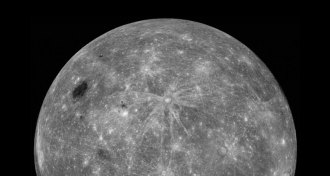 Planetary Science
Planetary ScienceChina is about to visit uncharted territory on the moon
The next two Chinese missions to the moon will visit places no spacecraft has been before. The rest of the world wants a piece of the lunar action.
-
 Health & Medicine
Health & MedicineA potent fish oil drug may protect high-risk patients against heart attacks
People with, or at high risk of, cardiovascular disease lowered their chances of having a heart attack or stroke with a drug containing an omega-3 fatty acid.
-
 Health & Medicine
Health & MedicineVitamin D supplements don’t prevent heart disease or cancer
Vitamin D supplements won’t cut your risk of heart attack or stroke, according to highly anticipated study results.
-
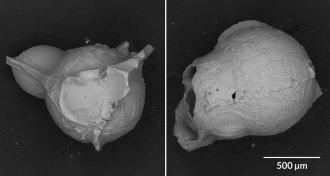 Earth
EarthThese tiny, crackly bubbles are a new type of volcanic ash
Scientists have identified a new type of volcanic ash made up of millimeter-long spheres with a crackled surface.
-
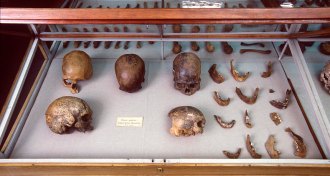 Genetics
GeneticsAncient DNA suggests people settled South America in at least 3 waves
Genetic studies of ancient remains are filling in the picture of who the earliest Americans were and how they spread through the Americas long ago.
-
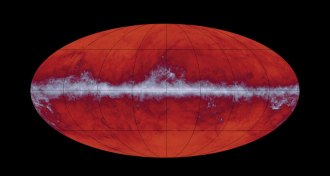 Planetary Science
Planetary ScienceHints of Oort clouds around other stars may lurk in the universe’s first light
Sifting through the universe’s early light could reveal planetary graveyards orbiting other stars.
-
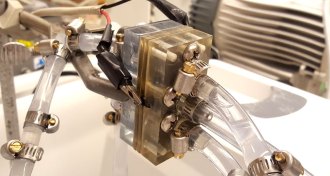 Chemistry
ChemistryThese fragile, futuristic batteries run longer with a little oil
A redesign for batteries that use aluminum and oxygen could help these inexpensive, lightweight power cells last longer.
-
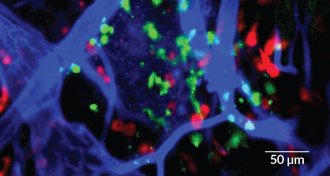 Life
LifeHow a life-threatening allergic reaction can happen so fast
Cells that act as sentries facilitate quick communication between allergens and anaphylaxis-triggering immune cells, a study in mice finds.
-
 Life
LifeThe number of calories you burn while resting depends on the time of day
This daily cycle of calorie burning is one of the many body processes that follow a biological clock.
-
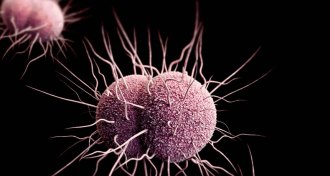 Health & Medicine
Health & MedicineA new drug may boost dwindling treatment options for gonorrhea
An antibiotic that targets the bacteria that causes gonorrhea proved effective in treating patients in a clinical trial.
-
 Neuroscience
NeuroscienceMarijuana may change the decision-making part of teen brains
A marijuana-like drug given to male rats during adolescence changed the structure of their brains.